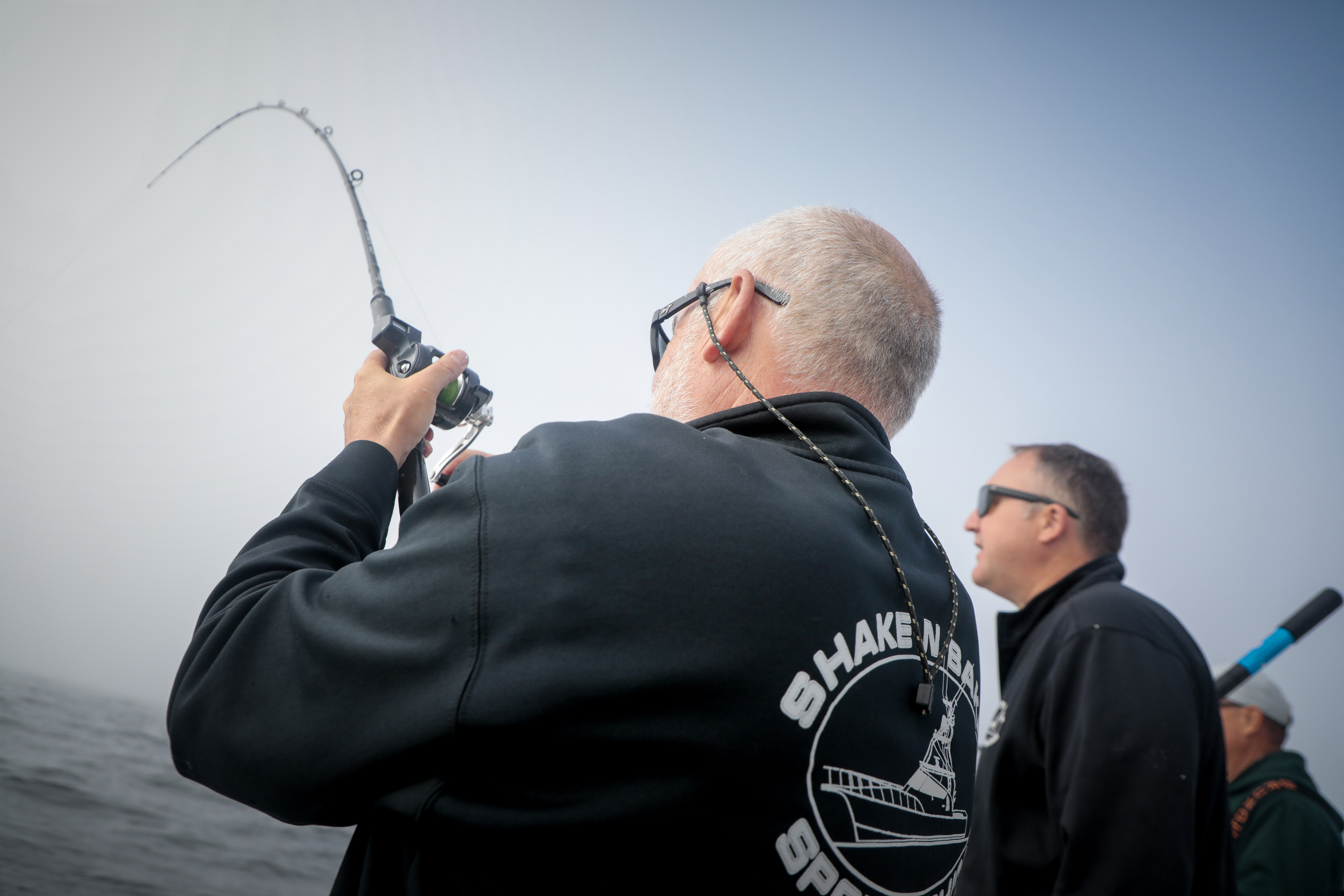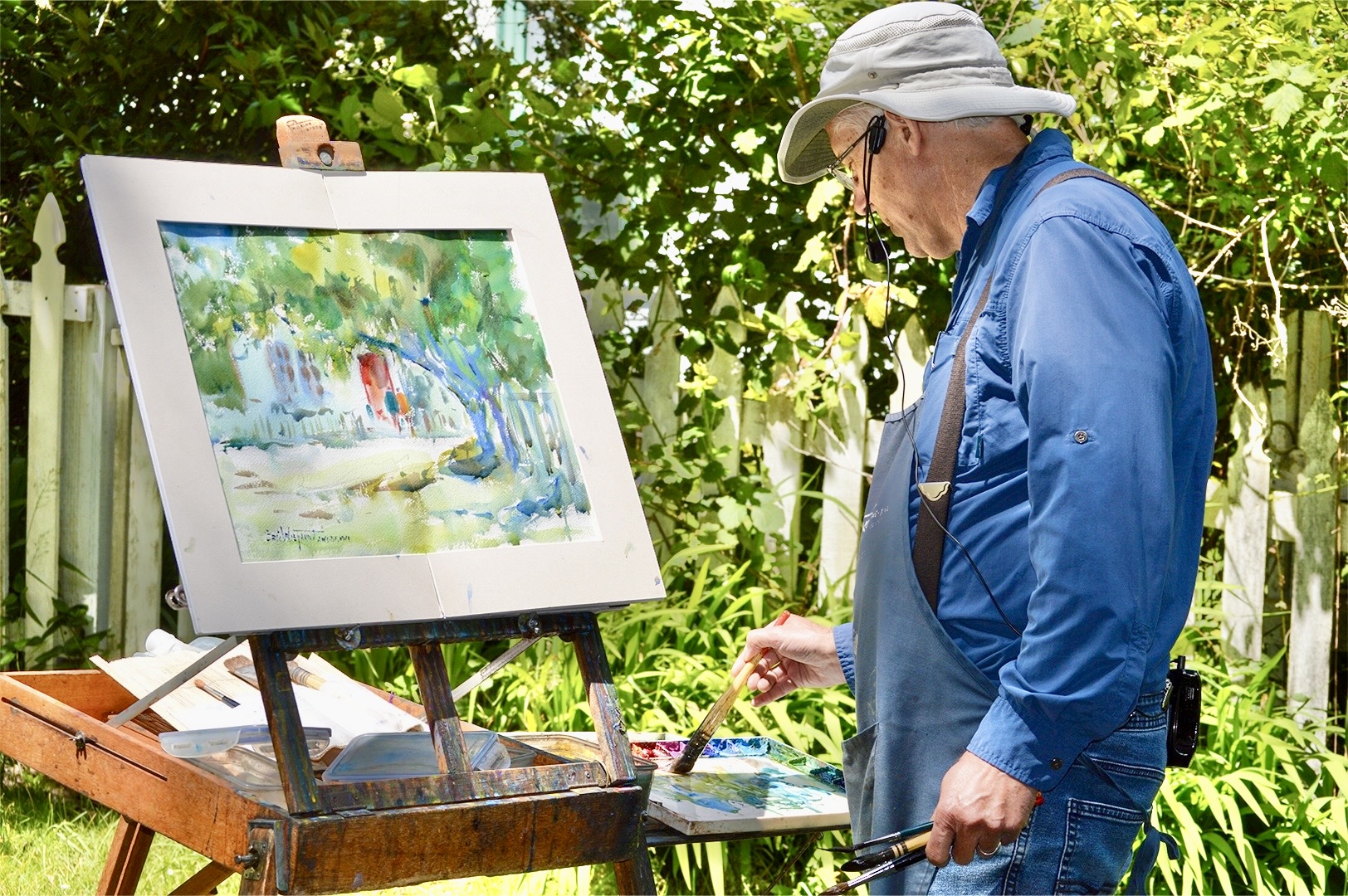Column: Is it reasonable to lower WA’s alcohol limit to 0.05%?
Published 8:04 am Tuesday, February 7, 2023
Legislation that has Gov. Jay Inslee’s support would lower the legal blood alcohol standard for drunk driving to 0.05 percent. The standard now is 0.08. It was 0.10 before a national standard took effect in 2010. Years ago, the legal level was 0.15.
Trending
Washington would be the second state to adopt the lower standard, following Utah’s lead in 2018. California, Hawaii, Michigan, New York and Oregon also are looking at joining Utah at 0.05.
Washington’s legislation is sponsored by state Sen. John Lovick, a Mill Creek Democrat and former state trooper of the year. It is supported by the Washington Association of Sheriffs and Police Chiefs as a way to further ratchet down drunk-driving accidents and fatalities.
The test proved to me that buzzed driving — impaired but not technically illegal — is not safe driving.
Trending
It is part of a series of measures intended to address rising fatalities in the state, which last year hit a level not recorded in more than 30 years — a total of 745, including DUI-related wrecks.
As you can imagine, the idea to lower the legal BAC level is opposed by Washington’s hospitality, beer and wine industries, which have become major economic forces in this state (With more than 1,000 wineries, Washington is the nation’s second leading wine producer.) Their contention is that the current standard is reasonable and it’s impossible to tell from observation that a person with a 0.05 BA is intoxicated. And, of course, they fear it will put some of them out of business by putting relatively routine social drinking under greater scrutiny.
Personal experience
This issue has personal meaning for me. One of the most heart-wrenching stories I ever covered in my four decades as a journalist was that of a young local man killed by a highly intoxicated, wrong-way driver on Tennant Way in Longview in the early 1980s. My late brothers and father had drinking problems and often drove when they shouldn’t have.
Yet I am far from a teetotaler. My grandmother made Prohibition-era moonshine to get my mom and her two siblings through the Great Depression. I enjoy good beer and Champagne.
I conducted this experiment for two reasons:
One, I wanted to know whether I was fit to drive at 0.05.
Two, to test how much my 5-foot-7, 188-pound body could absorb before I would violate the proposed new standard. Everybody metabolizes alcohol differently depending on their weight and other factors, including age, gender, food consumption, drink carbonation and alcohol content.
The National Restaurant Association says a 120-pound woman would hit 0.05 after having a little more than a single drink and a 160-pound man would be considered legally intoxicated after just two drinks in an hour.
An experiment
So, in the safety of my own kitchen, I consumed two 12-ounce IPAs with 6.9% alcohol rating within about 35 to 40 minutes. It was largely on an empty stomach, though I ate a brat with the first ale.
About 10 minutes after I finished the second ale, I took a breath test with the help of a friend in law enforcement. After I waited a few anxious moments for the machine to process my sample, the digital analyzer read 0.051.
It would have been illegal for me to drive under the proposed new BA standard. But driving would have been legal under current law.
That does not mean it would have been safe.
I was buzzed. I felt off balance. My reflexes, though still sharp for a 67-year-old, were compromised by those two strong brews.
Buzzed driving
The test proved to me that buzzed driving — impaired but not technically illegal — is not safe driving.
That conclusion squares with a study of 360,585 alcohol-related fatal crashes from 2000 to 2019 by the Arizona-based Gerber Injury Law firm.
“Buzzed driving is equally as dangerous as drunk driving. … 184,004 crashes involved a buzzed driver, and 194,571 crashes involved a drunk driver; some involved both a drunk and buzzed driver,” according to Gerber’s analysis.
The number of alcohol-related traffic deaths in the U.S. has declined nearly in half since the early 1980s, and the rate of alcohol-related fatalities fell 66% from 1982 to 2019, with a drastic reduction among young people. So immense progress has been made.
Still, more than 10,000 alcohol-related fatalities continue to occur in the U.S. annually, making up for about 30% of all fatal accidents. In Washington, alcohol-related fatalities account for about 36% of all fatal accidents.
The Association for the Advancement of Automotive Medicine advocates for a 0.05 BAC. And the National Transportation Safety Board recommended adopting that standard a decade ago.
Last year, a study by the National Highway Traffic Safety Administration (NHTSA) found that fatal crash and fatality rates dropped 19.8% and 18.3% after Utah enacted a law to lower the BA limit to .05 in 2018. Neighboring states saw a much lesser decline.
All this seems compelling. But is Utah, with its history of Mormon-related temperance, a good point of comparison?
What about incorrigibles?
So many fatal accidents involve very heavy, incorrigible drinkers. The NHTSA, for example, has found that drunk drivers involved in fatal crashes were four times more likely to have prior DUI convictions than sober drivers. It also has found that seven out of 10 people killed in drunk driving crashes involved at least one driver with a BAC of .15 or higher. So the question arises: Will a lower limit deter the many incorrigibles?
My friends in law enforcement suggest habitual and gross offenders don’t get that way overnight, and lowering the BA limit might help catch and educate them before they become especially dangerous drinking drivers. However, I’m a bit skeptical that this change in the BA will get substantially more arrests and trouble drinkers into counseling.
If anything, lawmakers should toughen up the laws for repeat DUI offenders by limiting their ability to downgrade charges and reducing the number of misdemeanors before they are subject to felony DUI charges.
Still, unless you’re willing to accept 10,000 deaths a year, there’s no reason in this day and age to tolerate impaired driving. Uber, Lyft, designated drivers and public transit often are available.
The easiest way to drink and drive safely is to moderate your intake — there’s no reason, for example, for me to drink more than two IPAs in a hour — and plan to quit in enough time to sober up.
The time for a lower limit has come.









